Embarking on a Nile cruise is like stepping back in time, immersing oneself in the wonders of ancient Egypt while sailing along one of the world’s most historic rivers.
A Nile cruise is the perfect way to explore the rich history and stunning landscapes of Egypt, allowing you to see numerous iconic sites along the river in a relaxed and enjoyable manner. Each day brings new adventures with guided tours of ancient temples and tombs, while evenings are filled with fun activities on board, from traditional entertainment to social gatherings.
We took a five-day cruise from Aswan to Luxor as part of a larger trip to Egypt together. Since we both took this cruise together, this blog is structured a little differently than most of our blogs as you see each stop listed in order it fell along the Nile Cruise.
- Cruise Overview
- Aswan
- Aswan Dam
- Abu Simbele
- Agilika Island and the Temple of Philae
- Kom Ombo
- Temple of Horus – Edfu
- East Bank of Luxor
- Karnak Temple
- Luxor Temple
- West Bank of Luxor
- Valley of the Kings
- Temple of Queen Hatshepsut
- Colossi of Memnon
Cruise Overview
The food on the cruise is decent, offering a variety of dishes to suit different tastes, making the overall experience both culturally enriching and thoroughly enjoyable. There is a wide range of cruises so please do your research. I was a budget one and left a little to be desired.
Aswan
Our adventure began in Aswan, a city known for its significant role in Egyptian history and its picturesque setting on the Nile’s eastern bank. Aswan, located in southern Egypt, is a captivating city known for its rich history, scenic beauty, and significant cultural landmarks. It serves as a gateway to some of Egypt’s most impressive sites, including the Aswan High Dam, a modern engineering marvel that controls the Nile’s floodwaters. The city is also home to the beautiful Temple of Philae, dedicated to the goddess Isis, which was relocated to Agilika Island to preserve it from the rising waters of Lake Nasser. Aswan’s vibrant markets, such as the bustling souks, offer a taste of local life and culture, while its serene Nile views and historic sites make it a must-visit destination for those exploring Egypt’s ancient and modern wonders.
Aswan Dam
Built in the 1960s, this modern marvel of engineering controls the floodwaters of the Nile and provides electricity to much of Egypt. Standing atop the dam, we marveled at the sheer scale of this structure and the vast reservoir it created, Lake Nasser, which stretched endlessly into the horizon.
Abu Simbele
NOTE: The Family (Before Kids) actually added on an optional tour and took a flight to Abu Simbele.
We arrived at this incredible temple complex built by Ramses II. The colossal statues of Ramses II that guard the entrance are a sight to behold, standing at 20 meters tall and carved directly into the mountainside. The interior of the Great Temple is equally impressive, with its well-preserved statues, hieroglyphics, and the famous scene of Ramses II’s victory at the Battle of Kadesh. The smaller temple dedicated to Queen Nefertari is equally stunning, showcasing the profound love and respect Ramses II had for his queen. The entire site was relocated to avoid being submerged by Lake Nasser, a feat as remarkable as the original construction.
Agilika Island and the Temple of Philae
In the late afternoon, we headed to Agilika Island, the new home of the Temple of Philae. Originally located on Philae Island, this stunning temple complex was relocated to prevent it from being submerged by the waters of Lake Nasser. As we approached by boat, the sight of the temple’s grand columns and intricate carvings rising against the sunset was mesmerizing. Dedicated to the goddess Isis, the Temple of Philae is a masterpiece of Ptolemaic architecture, with its majestic courtyards and detailed reliefs depicting scenes from Egyptian mythology.
Kom Ombo
The following day, our ship sailed northwards to Kom Ombo, a city renowned for its unique temple dedicated to two gods: Sobek, the crocodile god, and Horus, the falcon god. The Temple of Kom Ombo is distinctive for its dual design, with twin entrances, courts, and sanctuaries. Wandering through the temple, I was fascinated by the well-preserved reliefs and the small museum housing mummified crocodiles, a testament to the reverence of Sobek in ancient times.
Temple of Horus – Edfu
By the afternoon, we reached Edfu, home to the Temple of Horus, one of the best-preserved temples in Egypt. As our horse-drawn carriage approached the temple, the imposing pylon gate loomed ahead, adorned with carvings depicting Horus triumphing over his enemies. Inside, the hypostyle hall and inner sanctuaries were equally impressive, with walls covered in hieroglyphs and reliefs narrating the stories of Horus and other deities. The sheer scale and state of preservation of this temple made it a highlight of the cruise.
East Bank of Luxor
Karnak Temple
Our third day brought us to Luxor, the site of ancient Thebes. Our morning was dedicated to exploring Karnak, a sprawling temple complex that was the heart of religious life in ancient Egypt for over 2,000 years. Walking through the grand Hypostyle Hall, with its forest of massive columns, I felt dwarfed by the monumental architecture. Each corner of Karnak held new wonders, from the Sacred Lake to the towering obelisks and the Avenue of Sphinxes leading towards Luxor Temple.
Luxor Temple
In the evening, we visited Luxor Temple, situated close to the Nile and connected to Karnak by the Avenue of Sphinxes. As the sun set, the temple’s grandeur was accentuated by the dramatic lighting. Luxor Temple is dedicated to the rejuvenation of kingship, and its architecture and carvings reflect its importance. The colossal statues of Ramses II at the entrance and the beautifully preserved inner sanctuaries were particularly captivating, making it clear why this site was central to ancient Egyptian religion and politics.
West Bank of Luxor
Valley of the Kings
Day four took us to the West Bank of Luxor, starting with the Valley of the Kings. This necropolis is the final resting place of pharaohs from the New Kingdom, including the famous tomb of Tutankhamun. Descending into the tombs, I was struck by the vibrant colors of the wall paintings that have endured millennia. Each tomb told a story of the pharaoh’s journey to the afterlife, with detailed depictions of gods, goddesses, and mythical creatures guiding their passage.
It’s hard to describe even why this places is as amazing as it is but it was by far our favorite stop on the entire cruise. The sheer size of the area is unbelieveable and you can imagine how much more has yet to be uncovered.
Temple of Queen Hatshepsut
Our afternoon visit was to the Temple of Queen Hatshepsut at Deir el-Bahari. This stunning mortuary temple, built into the cliffs, stands as a testament to one of Egypt’s most successful female pharaohs. The temple’s terraced design and the long colonnades create a harmonious blend with the surrounding landscape. Inside, the reliefs celebrate Hatshepsut’s divine birth and her trading expedition to Punt, highlighting her achievements and the prosperity of her reign.
Colossi of Memnon
On our final day, we visited the Colossi of Memnon, two massive stone statues of Pharaoh Amenhotep III that have stood guard over the Theban necropolis for millennia. These imposing statues, rising 18 meters high, were originally part of a larger mortuary temple complex that has largely disappeared. Despite their weathered condition, the Colossi remain an awe-inspiring sight, embodying the grandeur of ancient Egyptian civilization.
Summary
This five-day Nile cruise from Aswan to Luxor was a journey through time, offering a profound connection to ancient Egypt’s rich history and cultural heritage. Each stop revealed new layers of Egypt’s past, from the engineering feats of the High Dam to the religious significance of the temples and tombs that dot the Nile’s banks. The seamless blend of guided tours and leisurely sailing allowed for a deep appreciation of the sights and a chance to absorb the tranquil beauty of the Nile.
Traveling along this storied river, I gained a deeper understanding of the civilization that flourished here thousands of years ago. The impressive architecture, intricate carvings, and timeless landscapes all spoke of a people who were deeply connected to their land and their gods. If you ever get the chance to sail the Nile, seize it—it’s an experience that transcends time and space, offering a glimpse into a world that has captivated imaginations for centuries.
- Cruise Overview
- Aswan
- Aswan Dam
- Abu Simbele
- Agilika Island and the Temple of Philae
- Kom Ombo
- Temple of Horus – Edfu
- East Bank of Luxor
- Karnak Temple
- Luxor Temple
- West Bank of Luxor
- Valley of the Kings
- Temple of Queen Hatshepsut
- Colossi of Memnon
Other Egypt Blogs
- Cruise Overview
- Aswan
- Agilika Island and the Temple of Philae
- Kom Ombo
- Temple of Horus – Edfu
- East Bank of Luxor
- West Bank of Luxor
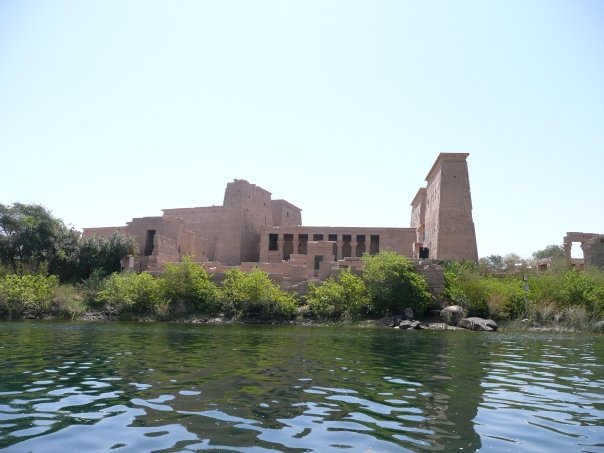
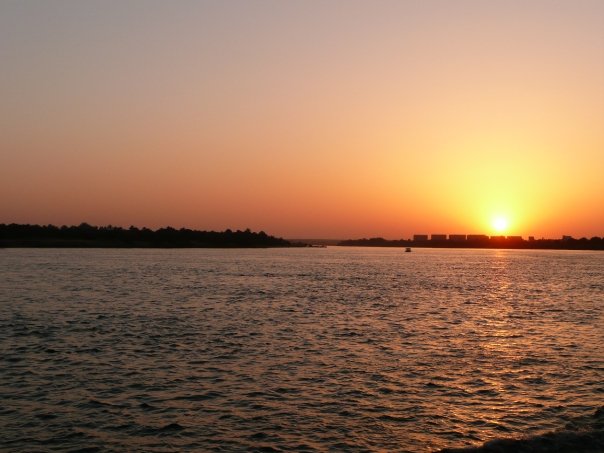
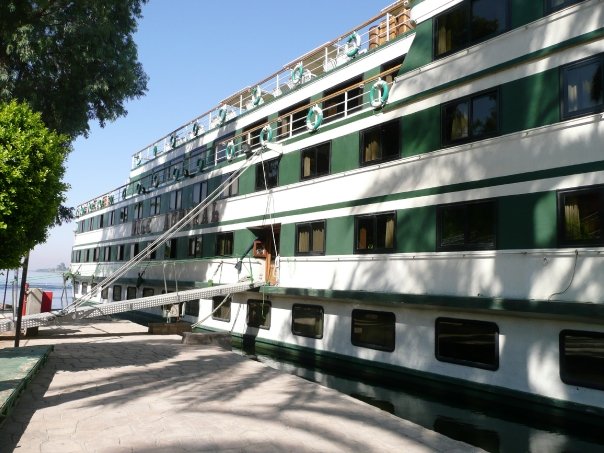
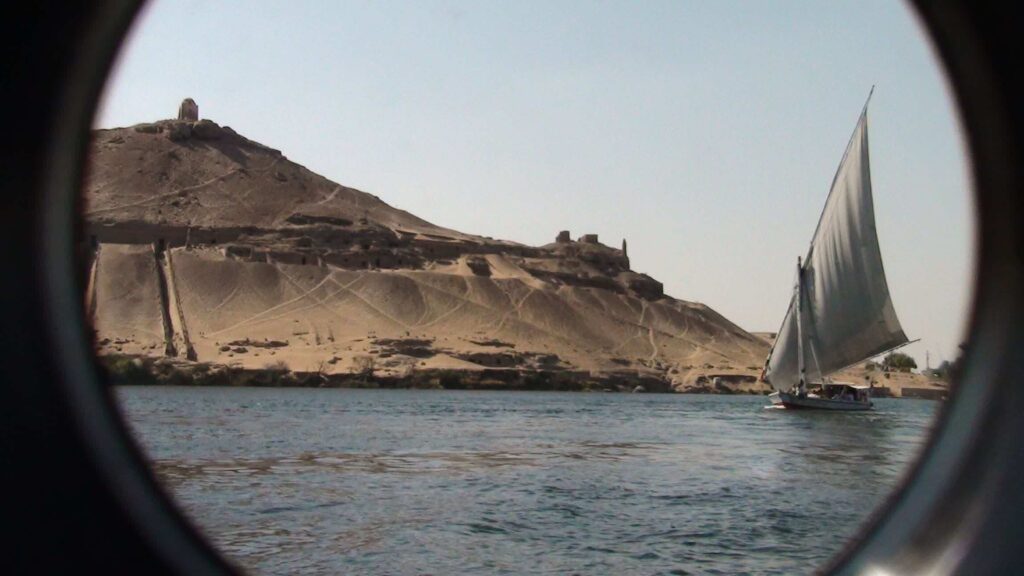

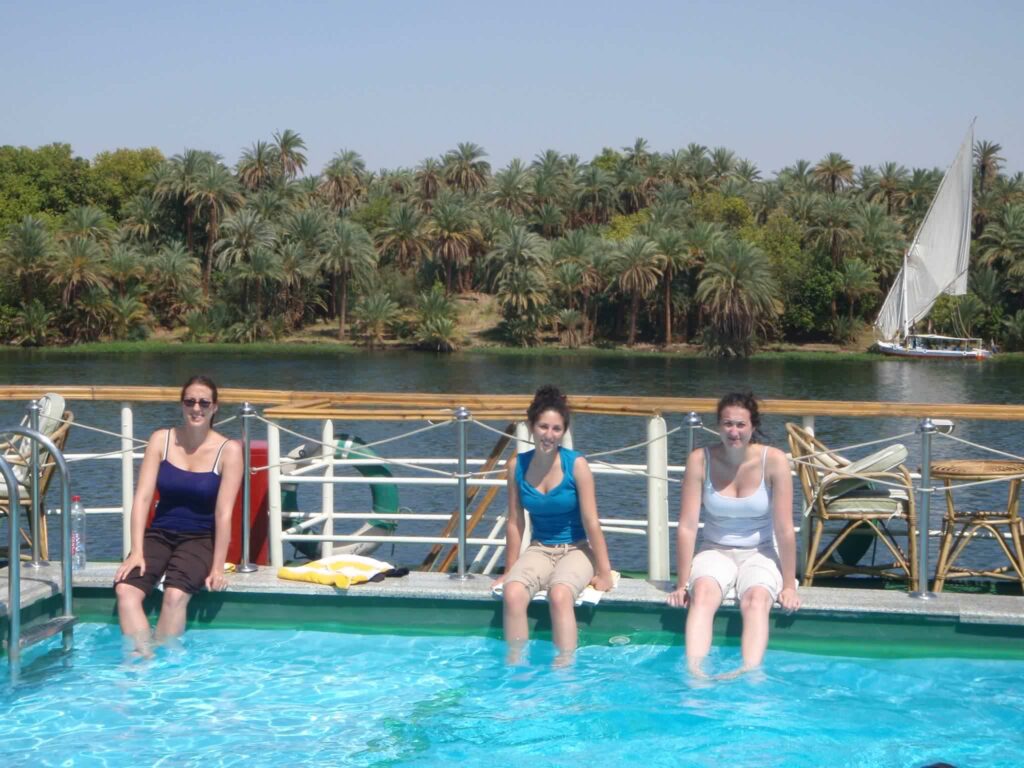
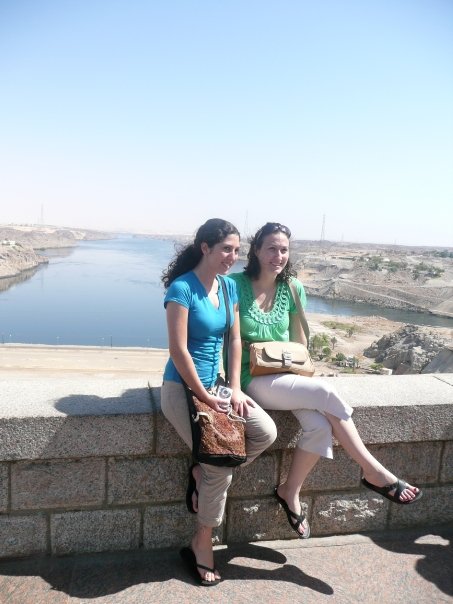

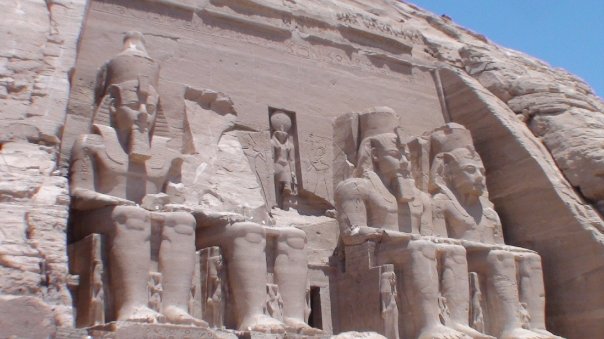
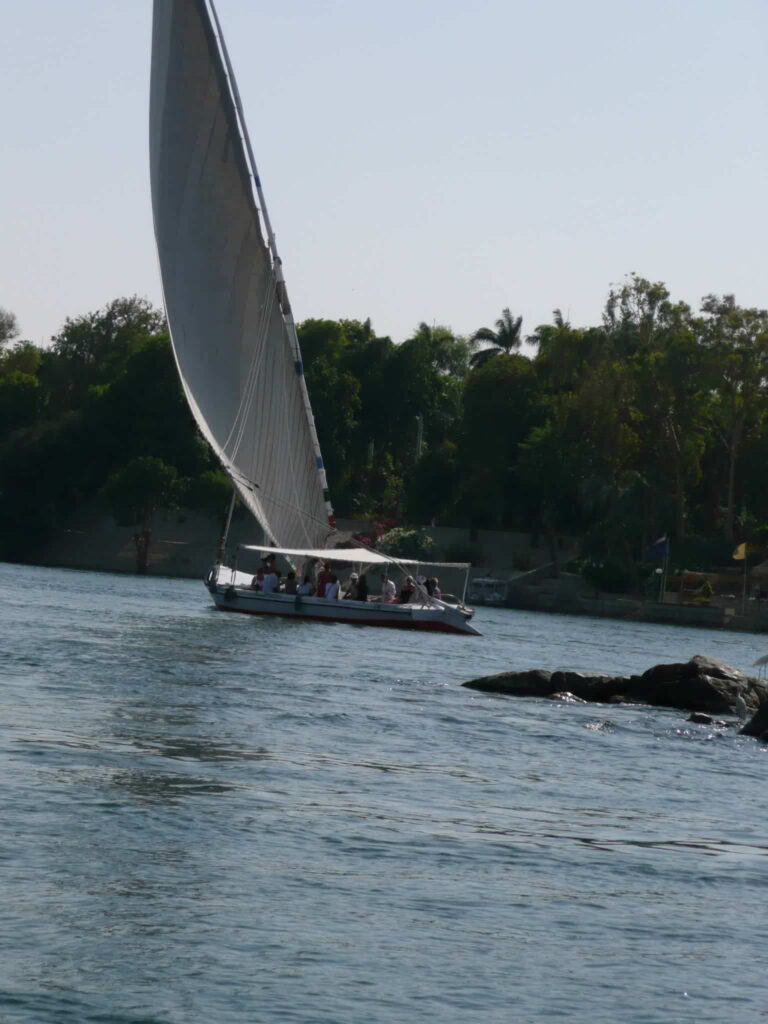
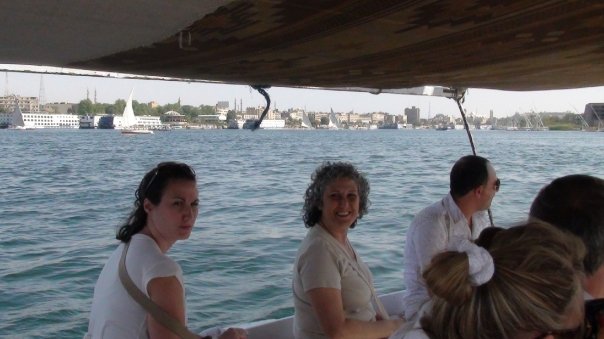
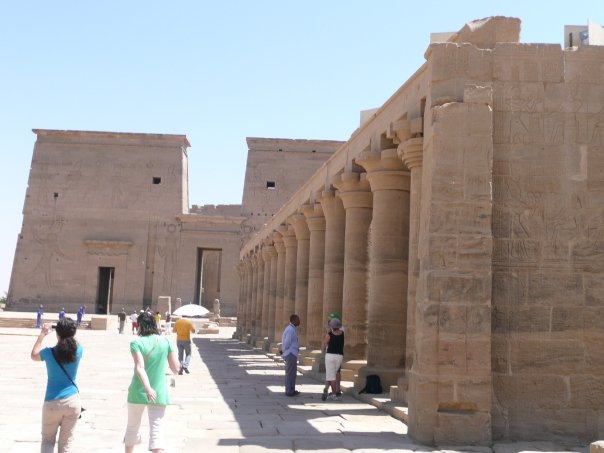
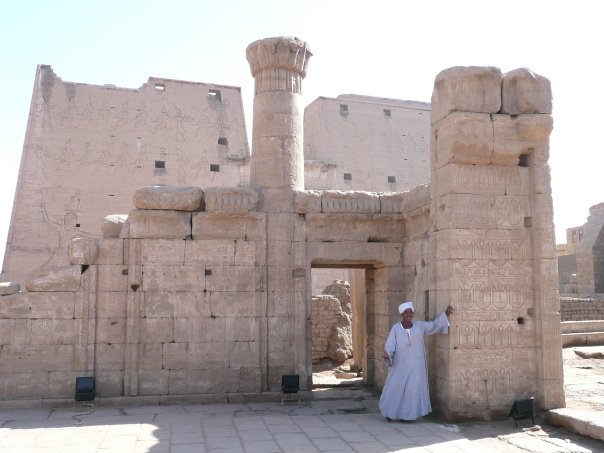
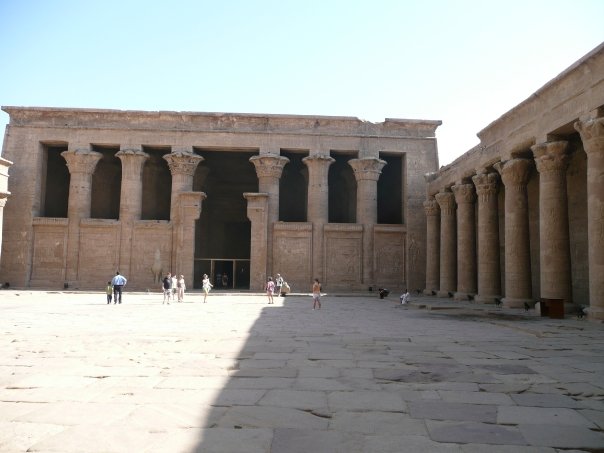
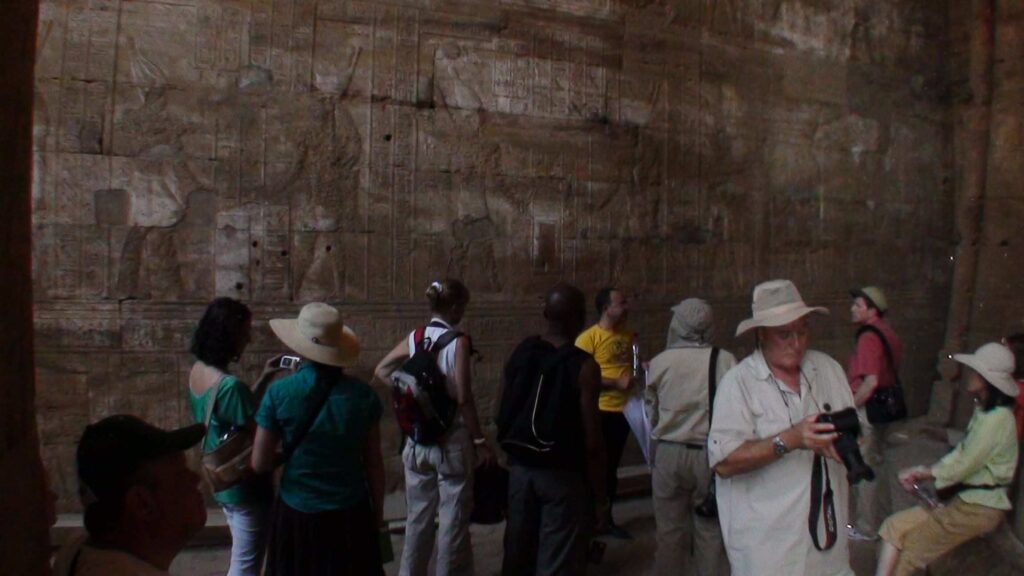
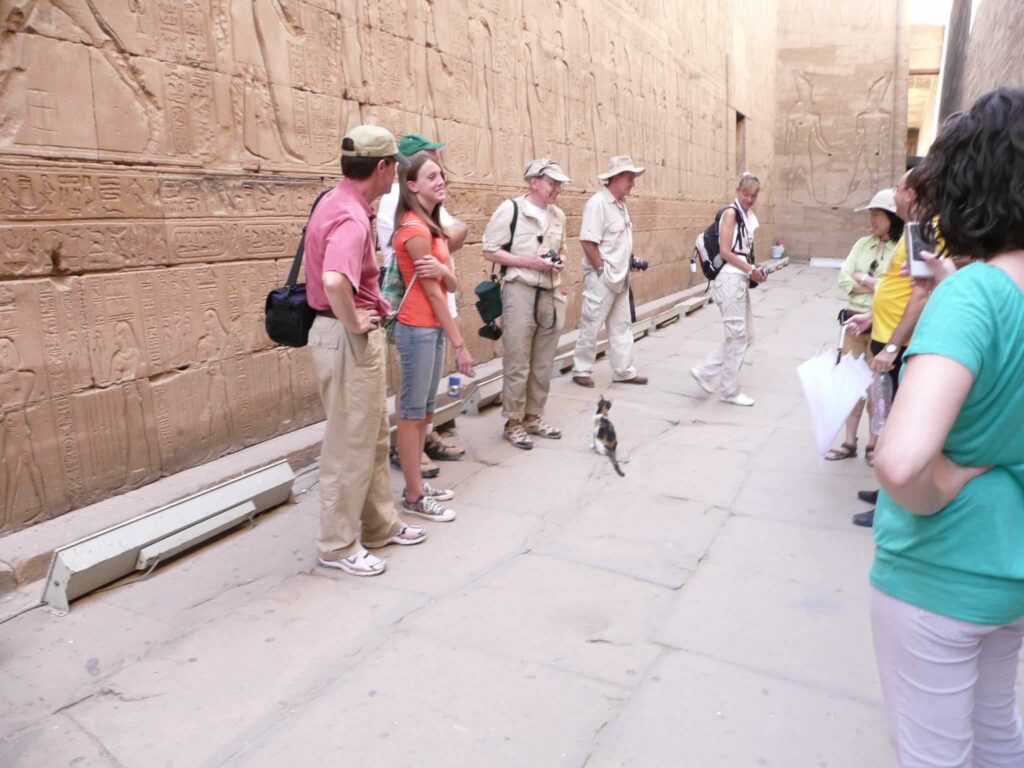
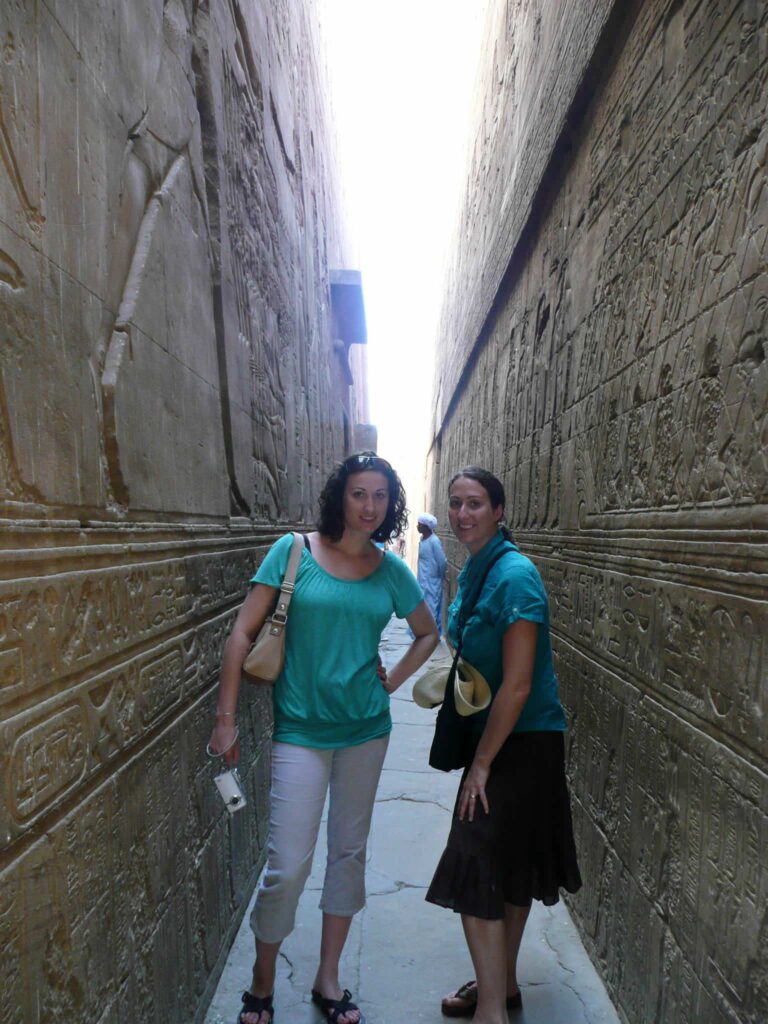
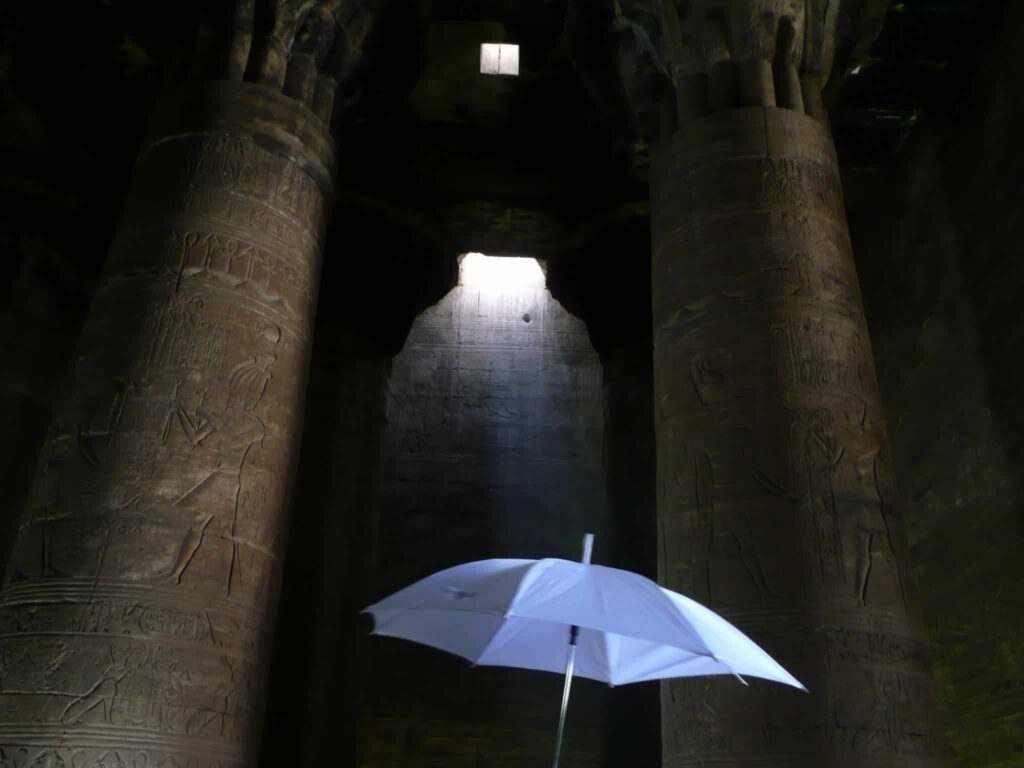
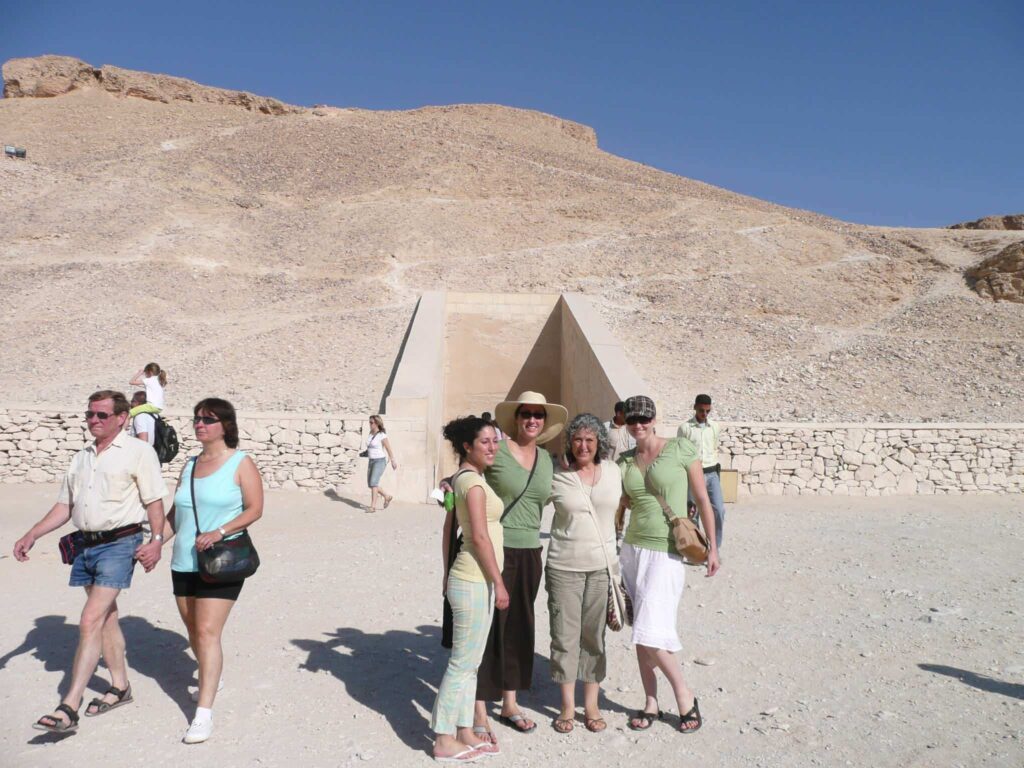
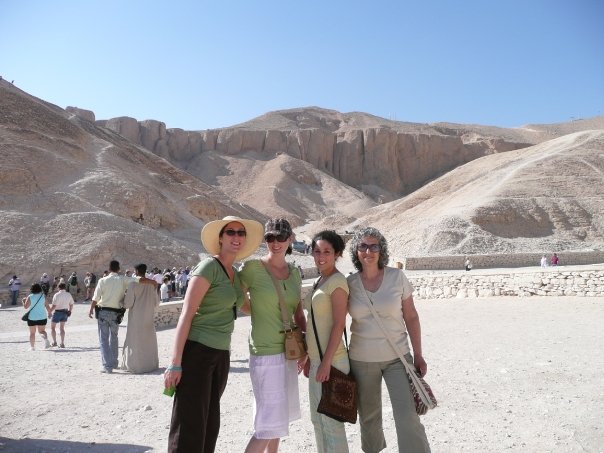
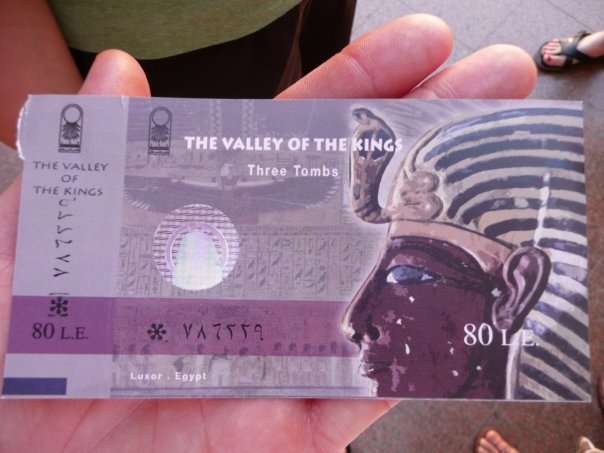
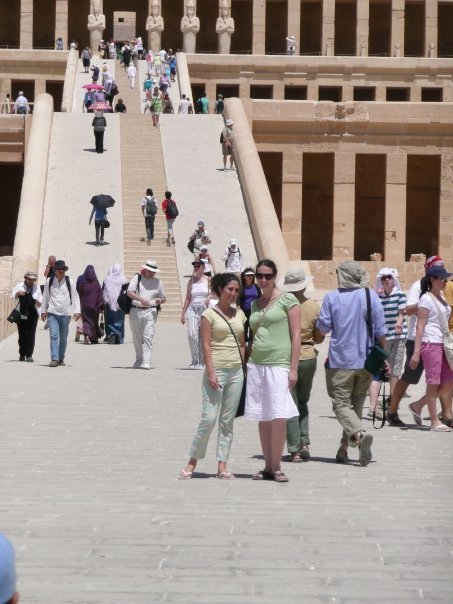



Leave a Reply